Home>Furniture & Design>Outdoor Furniture>What Material Did Indian Artists Use To Construct Large Outdoor Monuments?
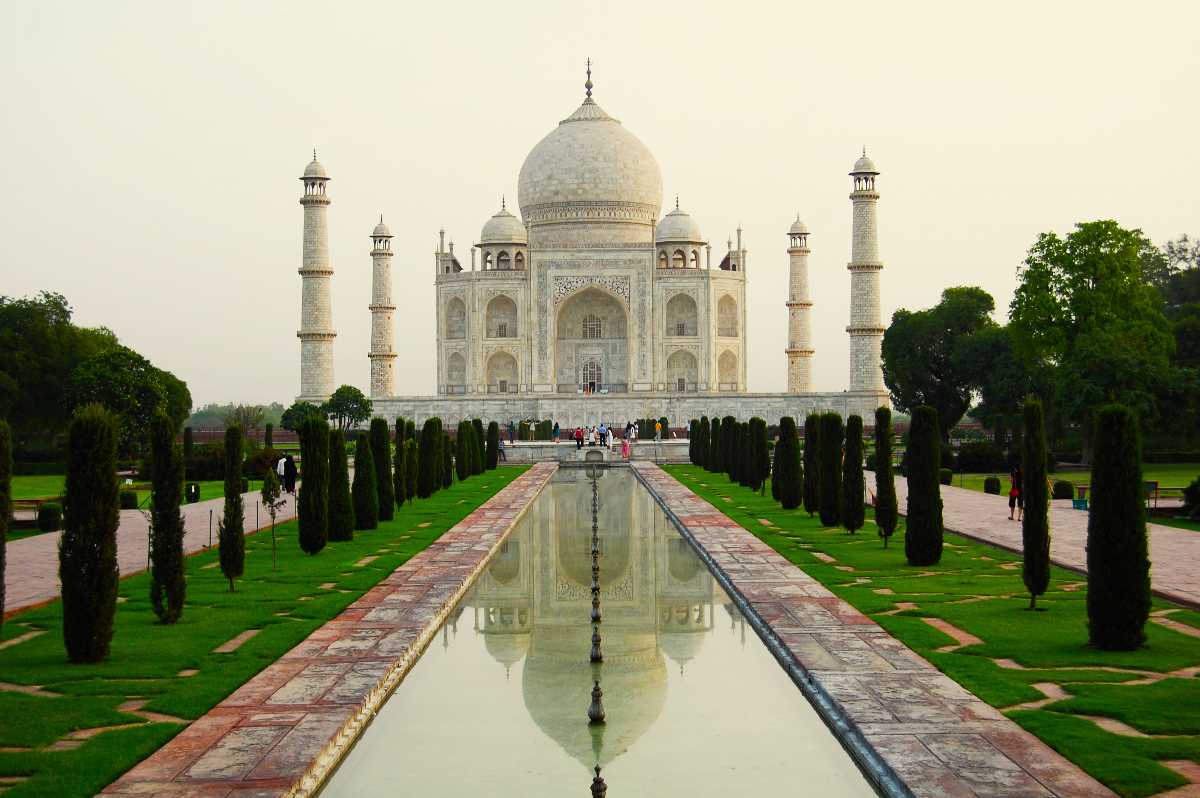

Outdoor Furniture
What Material Did Indian Artists Use To Construct Large Outdoor Monuments?
Published: January 14, 2024
Discover the traditional materials used by Indian artists to create stunning outdoor monuments. Explore the craftsmanship and design of outdoor furniture in India.
(Many of the links in this article redirect to a specific reviewed product. Your purchase of these products through affiliate links helps to generate commission for Storables.com, at no extra cost. Learn more)
Introduction
Welcome to the fascinating world of outdoor furniture, where the convergence of artistry, functionality, and design creates timeless pieces that adorn gardens, patios, and outdoor spaces with elegance and charm. As we delve into the materials used to craft these masterpieces, we embark on a journey through history, culture, and craftsmanship.
Indian artists have long been revered for their exceptional skill in creating large outdoor monuments that stand as testaments to their ingenuity and artistry. The materials they have employed in these monumental works reflect the rich tapestry of India’s artistic heritage and the enduring legacy of its craftsmen.
Join us as we explore the materials that have shaped India’s outdoor monuments, from the enduring strength of stone to the intricate beauty of terracotta. Each material tells a story of innovation, tradition, and the timeless allure of outdoor furniture and design.
Key Takeaways:
- India’s outdoor monuments are crafted from materials like stone, bronze, wood, and terracotta, each with unique qualities that reflect the nation’s rich artistic heritage and enduring legacy.
- The materials used in India’s outdoor monuments, from the enduring strength of stone to the expressive allure of terracotta, continue to inspire awe and admiration, serving as a bridge between the past and the present.
Read more: When Did Construction Stop Using Asbestos
Stone
Stone has been a cornerstone of outdoor monument construction in India for millennia. The country’s rich geological diversity has provided artists with a vast array of stone types, each possessing unique qualities that lend themselves to different artistic expressions.
One of the most renowned stones used in Indian outdoor monuments is marble. Its lustrous surface and ability to be intricately carved have made it a favorite among sculptors. The iconic Taj Mahal, a UNESCO World Heritage Site, stands as a testament to the ethereal beauty and enduring nature of marble in monumental construction.
Granite, with its exceptional durability and diverse color palette, has also been a popular choice for outdoor monuments. From the majestic rock-cut temples of Mahabalipuram to the imposing statues of Jain tirthankaras, granite has been skillfully hewn and shaped to capture the imagination of onlookers.
Sandstone, known for its warm hues and ease of carving, has been instrumental in the creation of intricate friezes, pillars, and ornate facades. The stunning reliefs of the Sun Temple at Konark and the elaborate carvings of the Kailasa Temple at Ellora bear testimony to the unparalleled artistry of stone craftsmen in India.
These stones, among others, have formed the bedrock of India’s outdoor monuments, enduring the test of time and standing as tributes to the skill and creativity of the artisans who shaped them.
Bronze
Bronze, revered for its timeless allure and malleability, has held a significant place in the construction of outdoor monuments in India. The alloy, primarily composed of copper and tin, has been celebrated for its ability to capture intricate details and convey a sense of grandeur.
The Chola dynasty, known for its patronage of the arts, left an indelible mark on Indian bronze sculpture. The iconic bronze Chola statues, such as the Nataraja at the Brihadeeswarar Temple in Thanjavur, exemplify the mastery of bronze casting during this period. The dynamic poses and exquisite detailing of these statues reflect the technical prowess and artistic finesse of the craftsmen.
One of the distinguishing features of bronze monuments is their longevity. The corrosion-resistant nature of bronze has ensured the preservation of these masterpieces, allowing contemporary admirers to marvel at their timeless beauty. The intricate casting process, known as the lost-wax technique, has been instrumental in creating lifelike figures and intricate embellishments, further enhancing the allure of bronze monuments.
From the graceful depictions of deities to the dignified portrayals of rulers, bronze monuments in India have encapsulated the cultural and spiritual ethos of the subcontinent. The enduring legacy of these bronze masterpieces continues to inspire awe and admiration, serving as a testament to the skill and artistry of the craftsmen who brought them to life.
Indian artists often used materials like stone, marble, and bronze to construct large outdoor monuments. These materials were durable and could withstand the elements, making them ideal for creating long-lasting sculptures and structures.
Wood
Wood, with its natural warmth and versatility, has been a cherished medium for crafting outdoor furniture and monuments in India. The country’s rich forests have yielded an abundance of timber varieties, each possessing unique characteristics that lend themselves to intricate carving and enduring beauty.
Teak, renowned for its durability and resistance to decay, has been a favored choice for crafting outdoor furniture and monuments. The intricate carvings adorning the pillars of ancient temples and the ornate detailing of traditional furniture exemplify the exquisite craftsmanship that teak enables.
Rosewood, prized for its rich, dark hues and fine grain, has also played a significant role in India’s woodworking traditions. From elaborately carved doors and panels to sculpted figurines and ornamental accents, rosewood has lent its luxurious appeal to a myriad of outdoor monuments.
The art of wood carving in India has flourished, with skilled artisans employing a diverse range of techniques to bring out the inherent beauty of the timber. Intricate latticework, delicate filigree, and elaborate motifs have adorned outdoor furniture and monuments, showcasing the unparalleled artistry and attention to detail that define Indian woodworking traditions.
While the passage of time may weather and age wood, the enduring allure of wooden monuments and furniture endures, reflecting the timeless elegance and cultural significance of this cherished material.
Terracotta
Terracotta, a humble yet versatile material, has left an indelible mark on India’s outdoor monuments, infusing them with rustic charm and enduring appeal. The art of shaping clay into intricate forms has been a hallmark of Indian craftsmanship, with terracotta sculptures and architectural embellishments adorning temples, palaces, and public spaces across the subcontinent.
The terracotta temples of Bengal, with their ornate terracotta panels depicting mythological narratives and everyday life, stand as testaments to the artistry and cultural significance of this material. The earthy tones and textured surfaces of terracotta have lent a distinct character to these monuments, evoking a sense of timelessness and heritage.
One of the defining features of terracotta monuments is their ability to capture intricate details and convey emotive expressions. From the serene faces of deities to the lively depictions of village scenes, terracotta has been instrumental in bringing stories to life through its tactile and expressive qualities.
The process of crafting terracotta monuments involves shaping the clay, drying it in the sun, and firing it to achieve durability. The resulting sculptures and architectural elements boast a rich patina and a sense of permanence, embodying the enduring spirit of Indian craftsmanship.
Today, terracotta continues to inspire contemporary artists and designers, who seek to imbue their creations with a sense of heritage and authenticity. Its earthy aesthetic and cultural significance make it a beloved medium for outdoor monuments, connecting the past with the present through its timeless allure.
Read more: What Is The Primary Material Used For Structural Support In The Construction Of Large Buildings?
Conclusion
As we conclude our exploration of the materials used to construct large outdoor monuments in India, we are reminded of the rich tapestry of artistry, tradition, and cultural significance that permeates these timeless creations. From the enduring strength of stone to the expressive allure of terracotta, each material has contributed to the rich legacy of outdoor furniture and design in India.
The monumental works crafted from these materials stand as testaments to the ingenuity, skill, and creativity of Indian artists and craftsmen throughout history. They embody the cultural ethos, spiritual reverence, and artistic finesse that have defined India’s outdoor monuments, capturing the imagination of admirers from around the world.
These materials, with their distinct qualities and enduring appeal, continue to inspire contemporary designers and artisans, serving as a bridge between the past and the present. The legacy of stone, bronze, wood, and terracotta lives on in the intricate carvings, graceful sculptures, and majestic monuments that adorn India’s landscapes, preserving the nation’s artistic heritage for generations to come.
As we marvel at the intricate details, timeless beauty, and cultural significance of these materials, we are reminded of the profound impact of outdoor furniture and design on India’s artistic landscape. The convergence of tradition, innovation, and artistry has given rise to a legacy of monumental proportions, shaping the aesthetic identity of India and captivating the hearts and minds of all who encounter these remarkable creations.
Frequently Asked Questions about What Material Did Indian Artists Use To Construct Large Outdoor Monuments?
Was this page helpful?
At Storables.com, we guarantee accurate and reliable information. Our content, validated by Expert Board Contributors, is crafted following stringent Editorial Policies. We're committed to providing you with well-researched, expert-backed insights for all your informational needs.
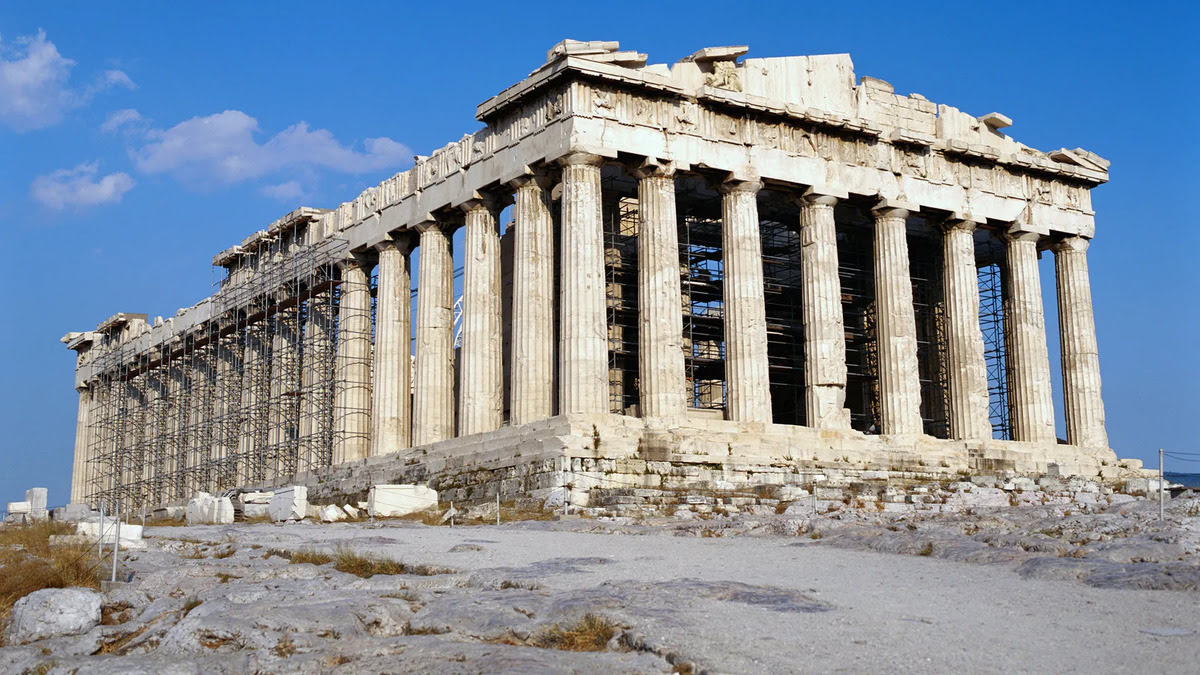
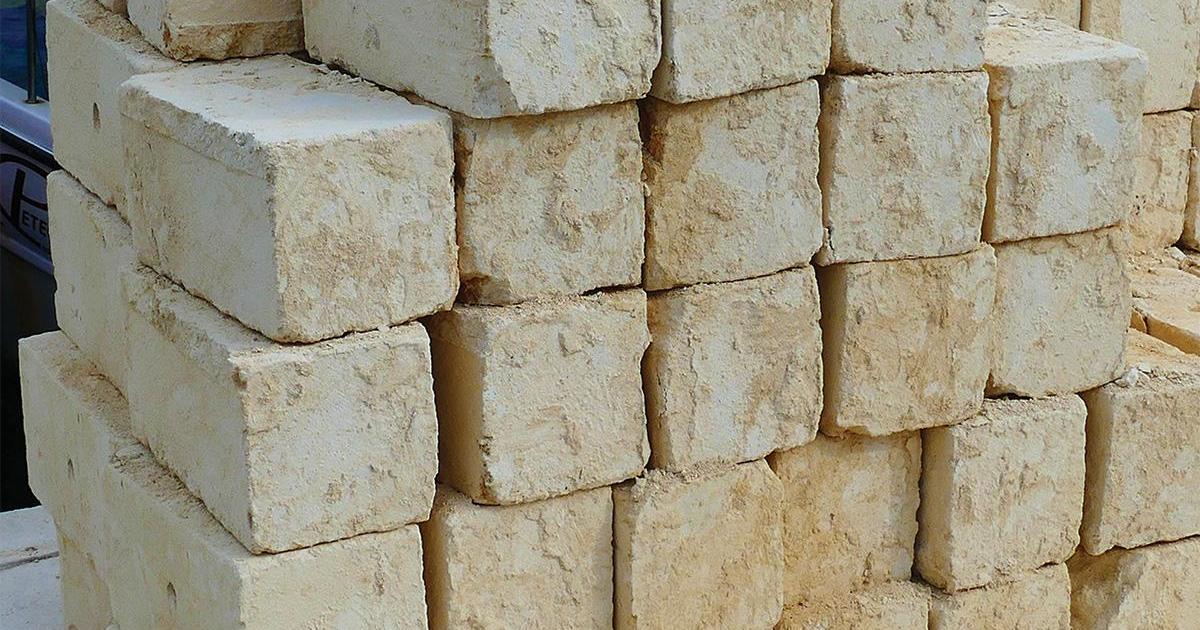
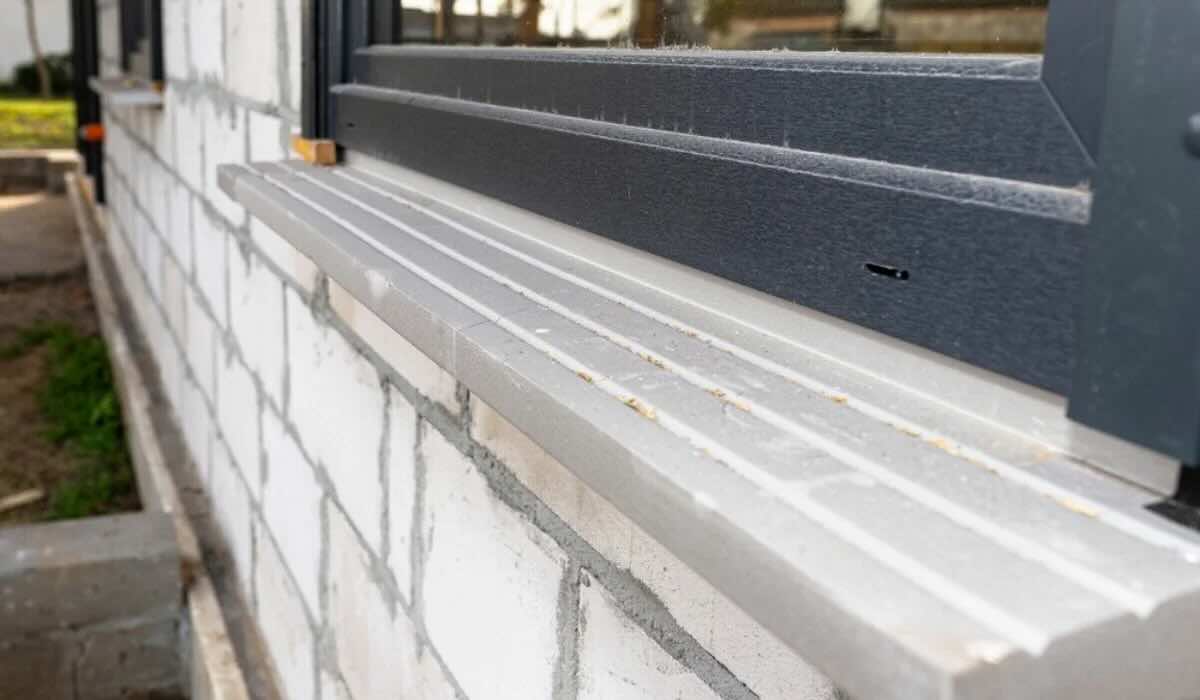
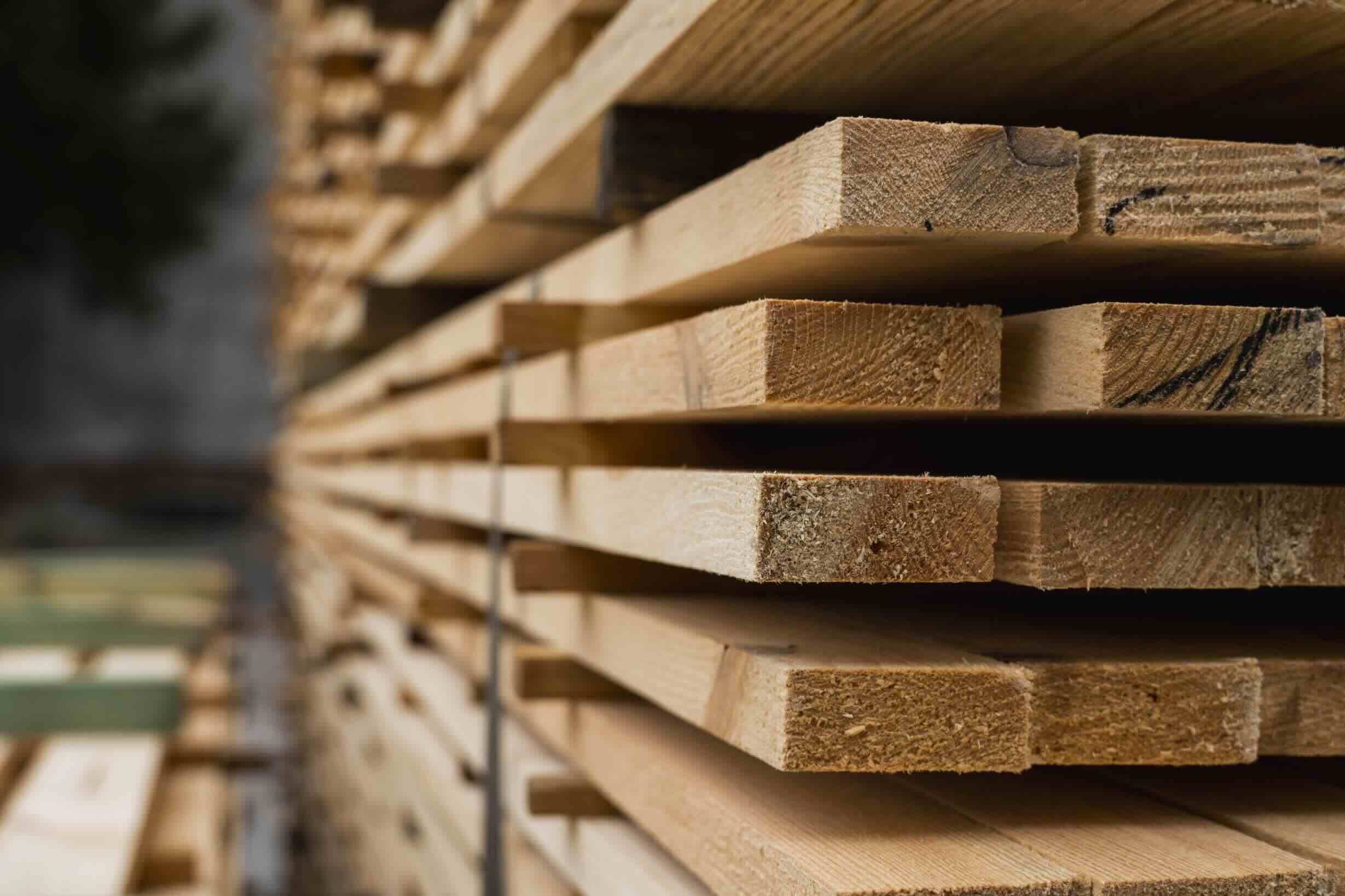
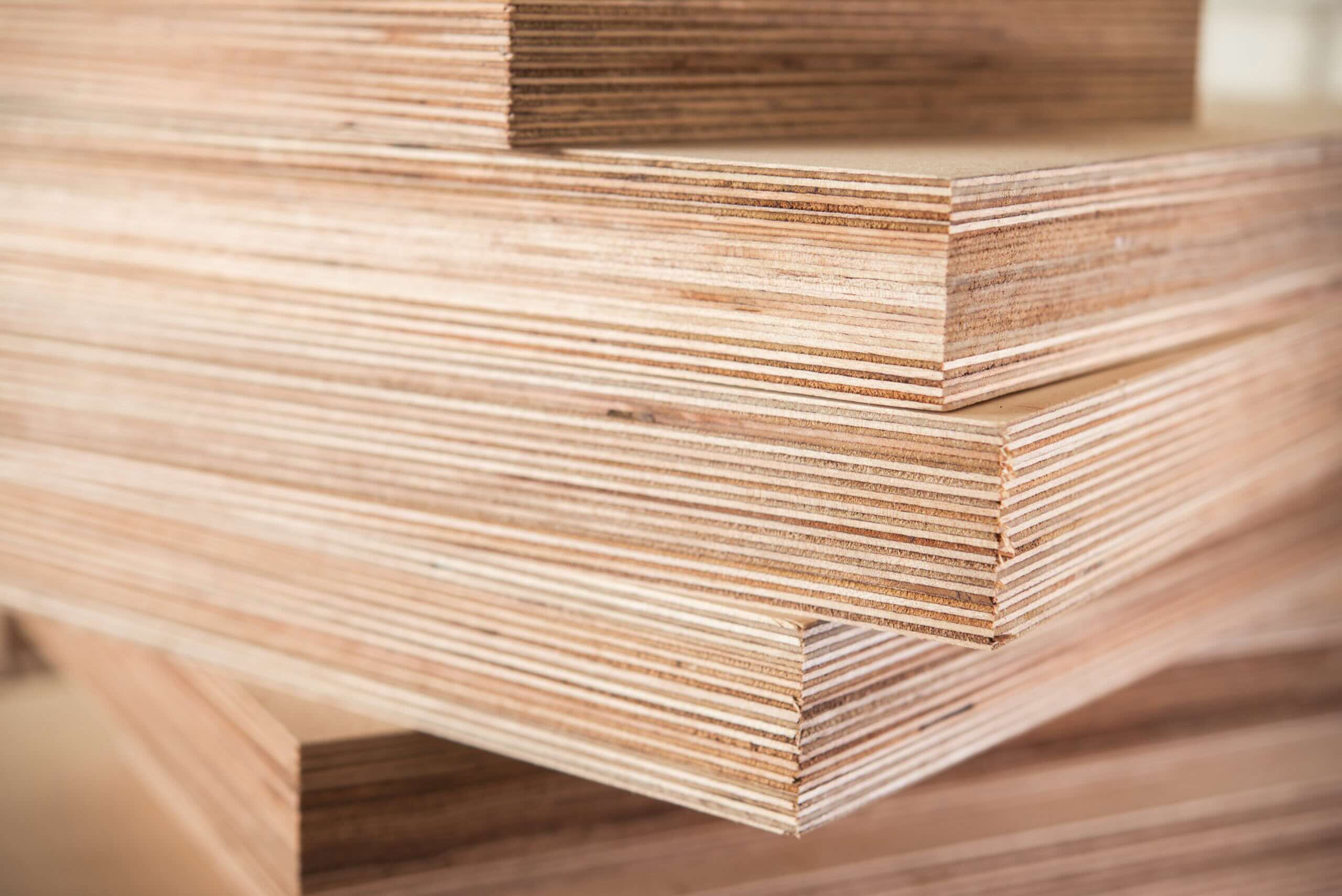
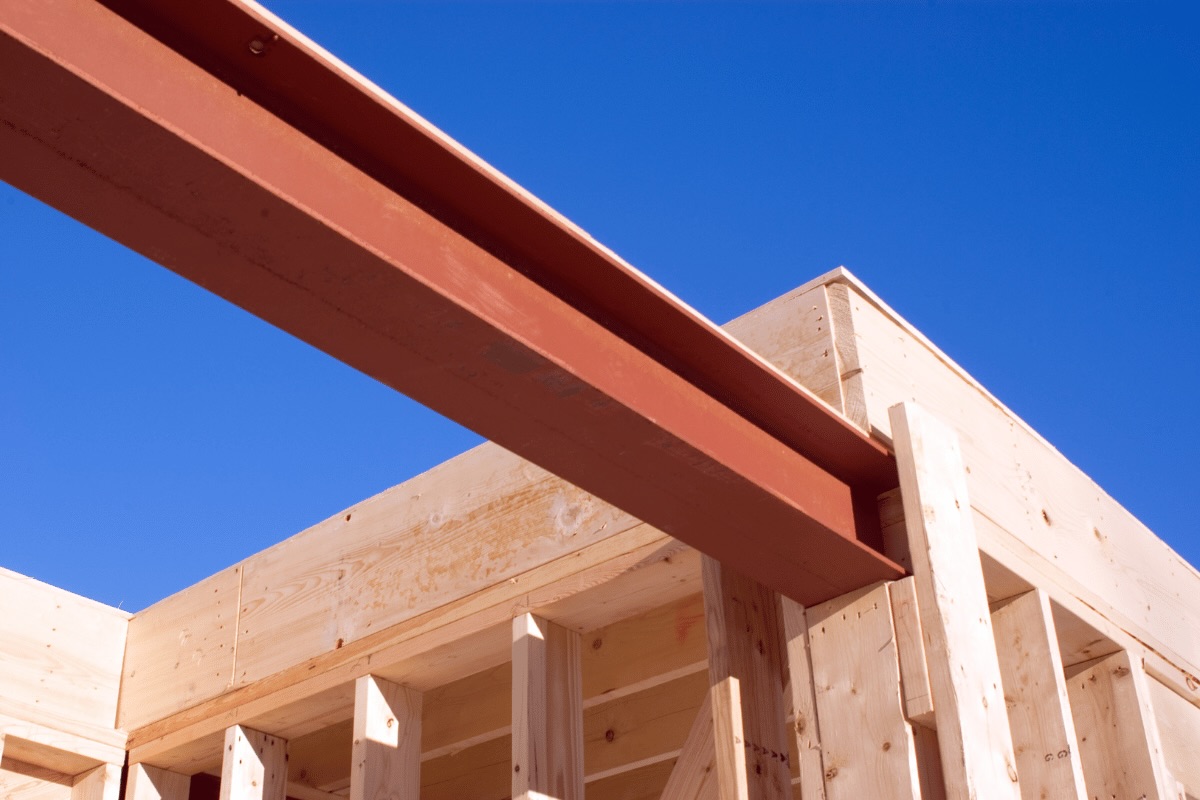
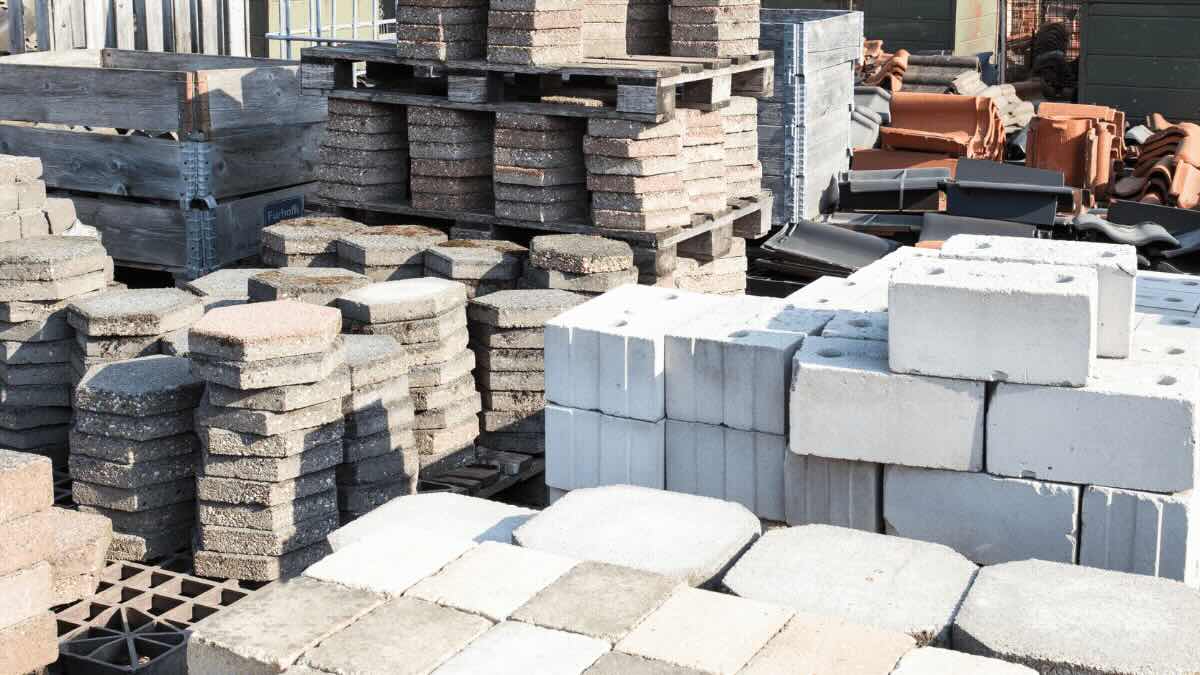
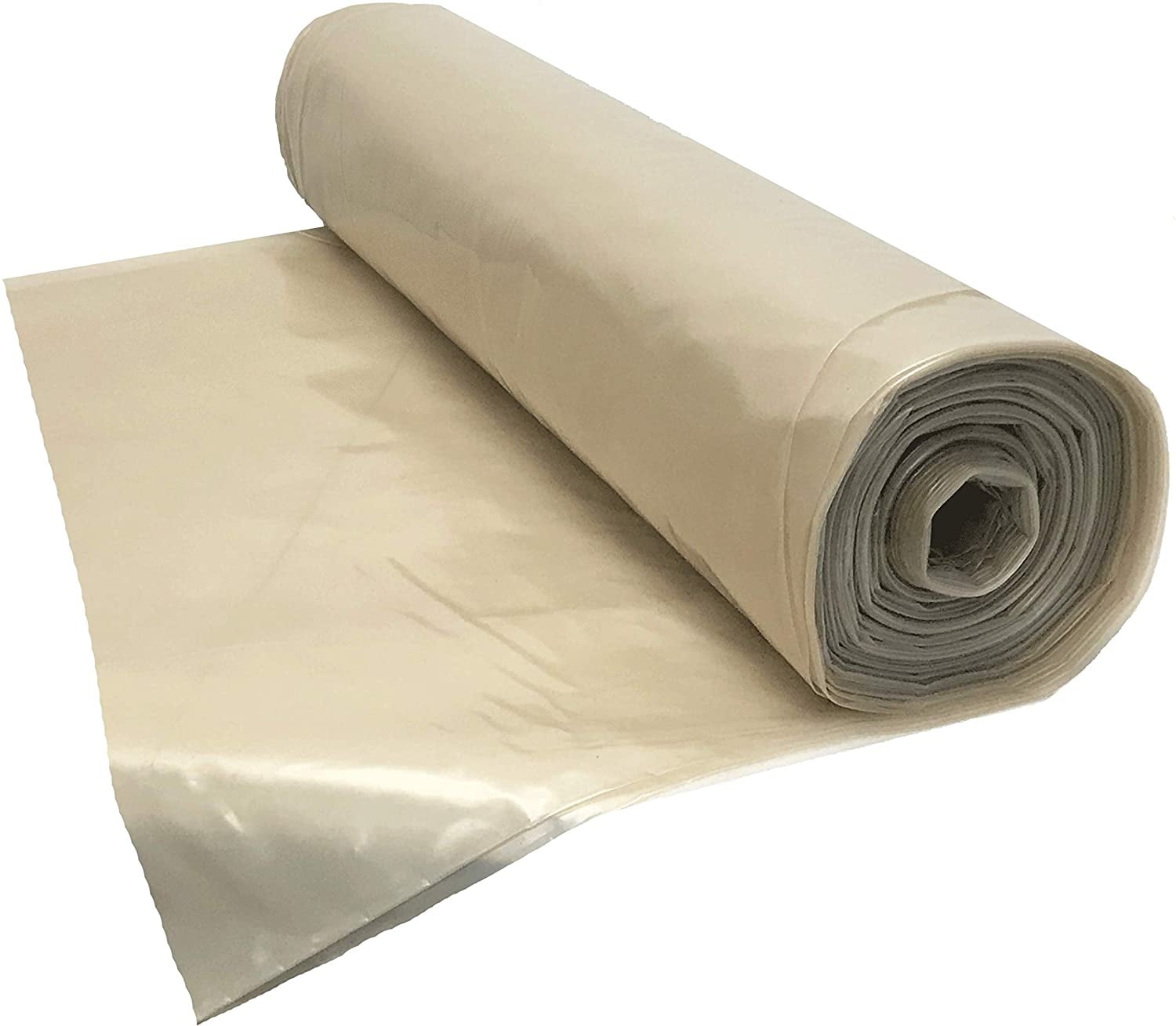
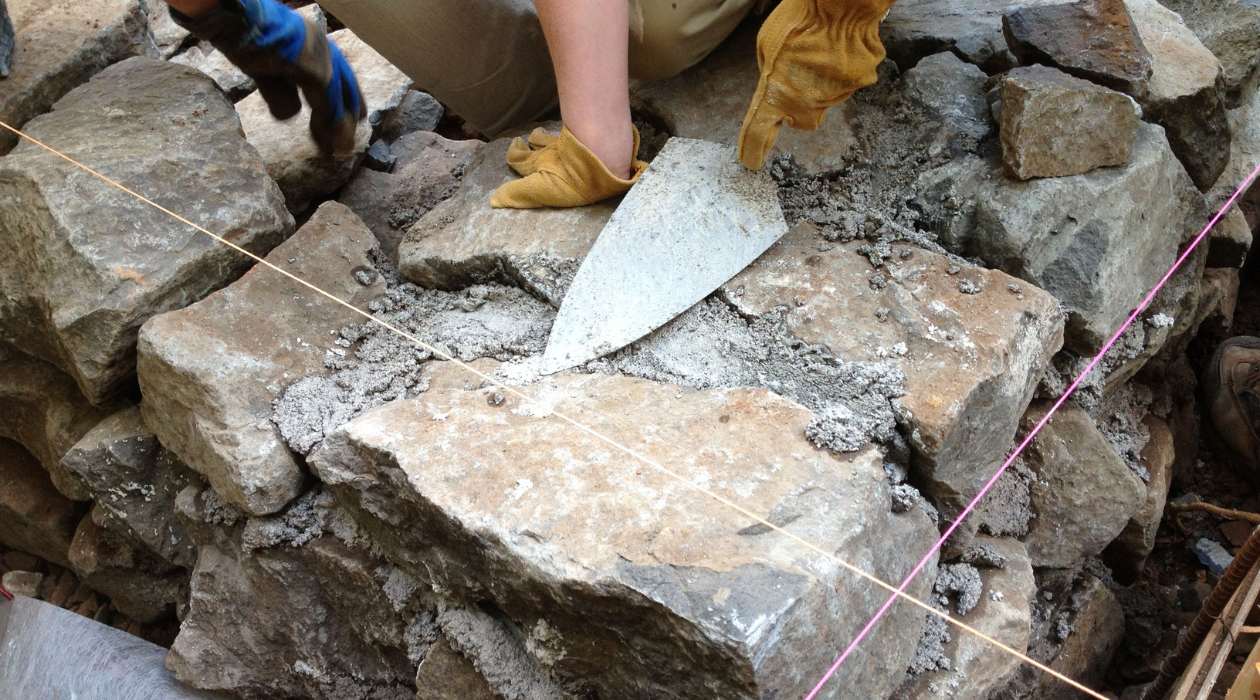
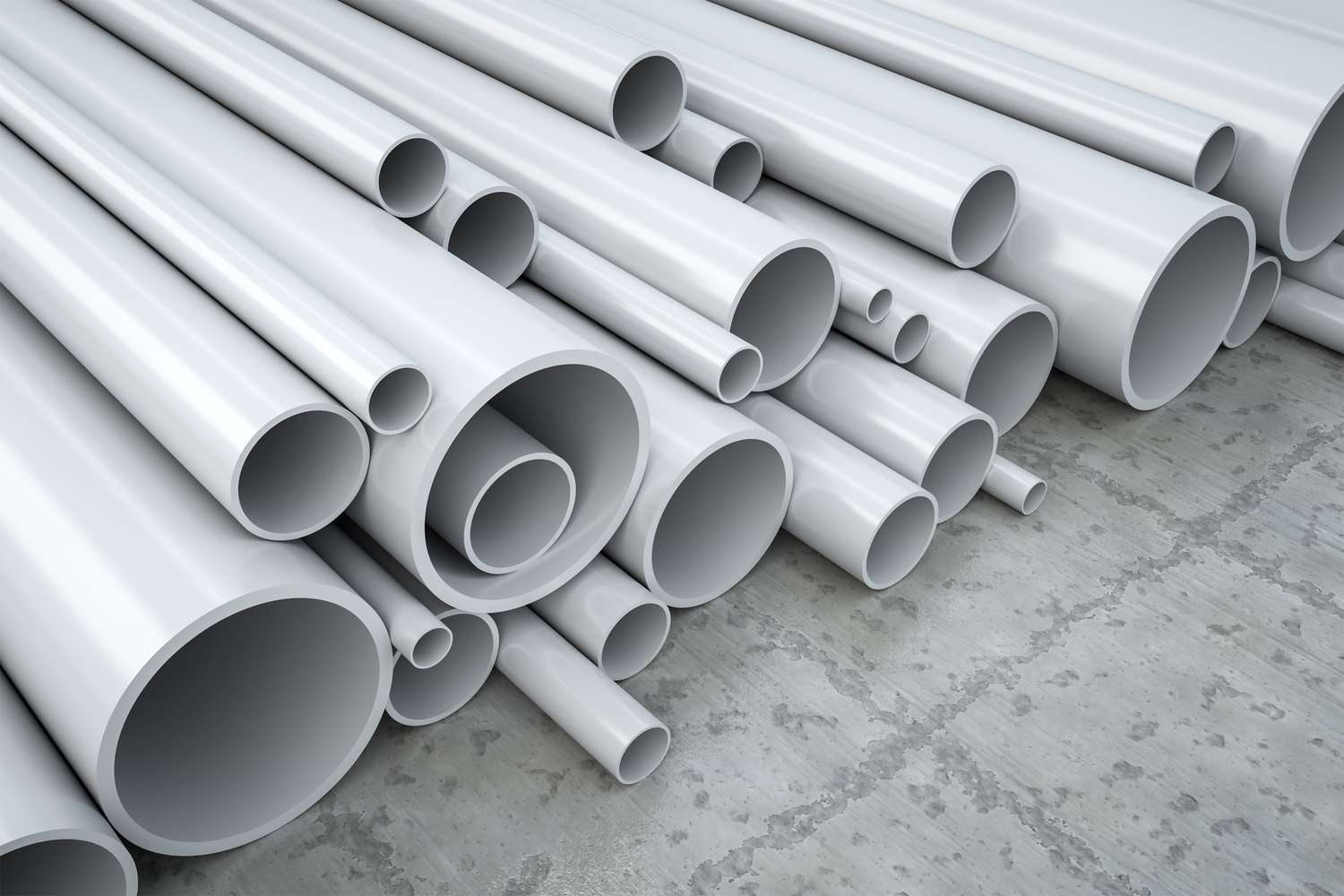
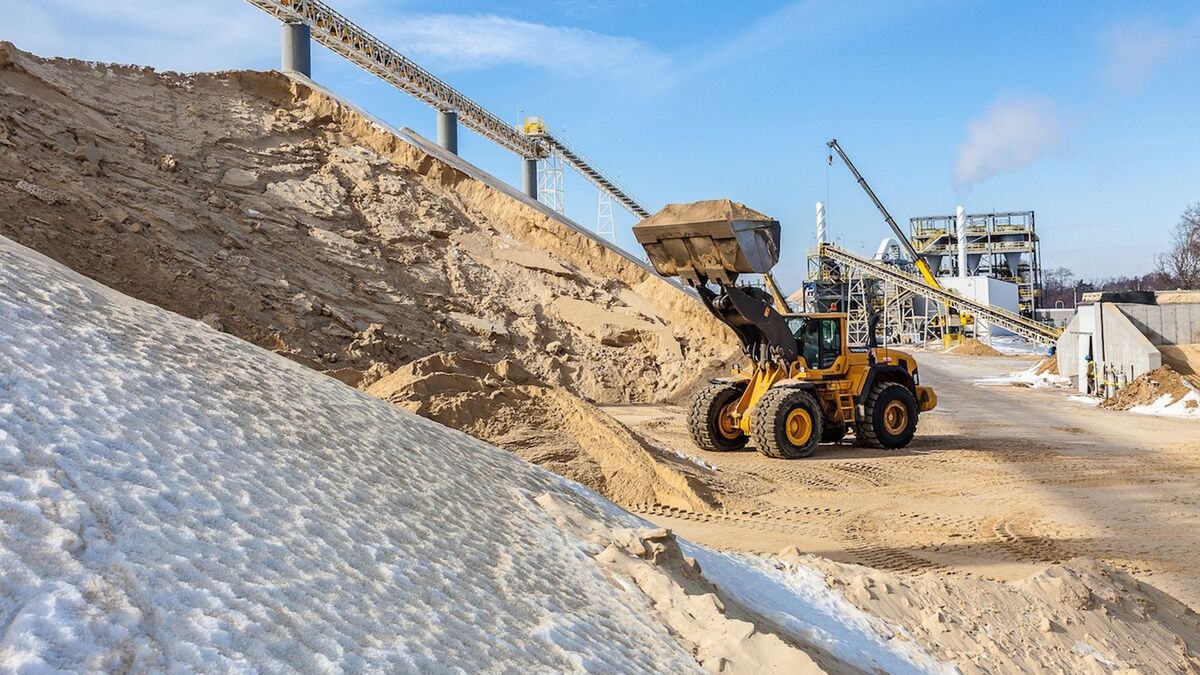
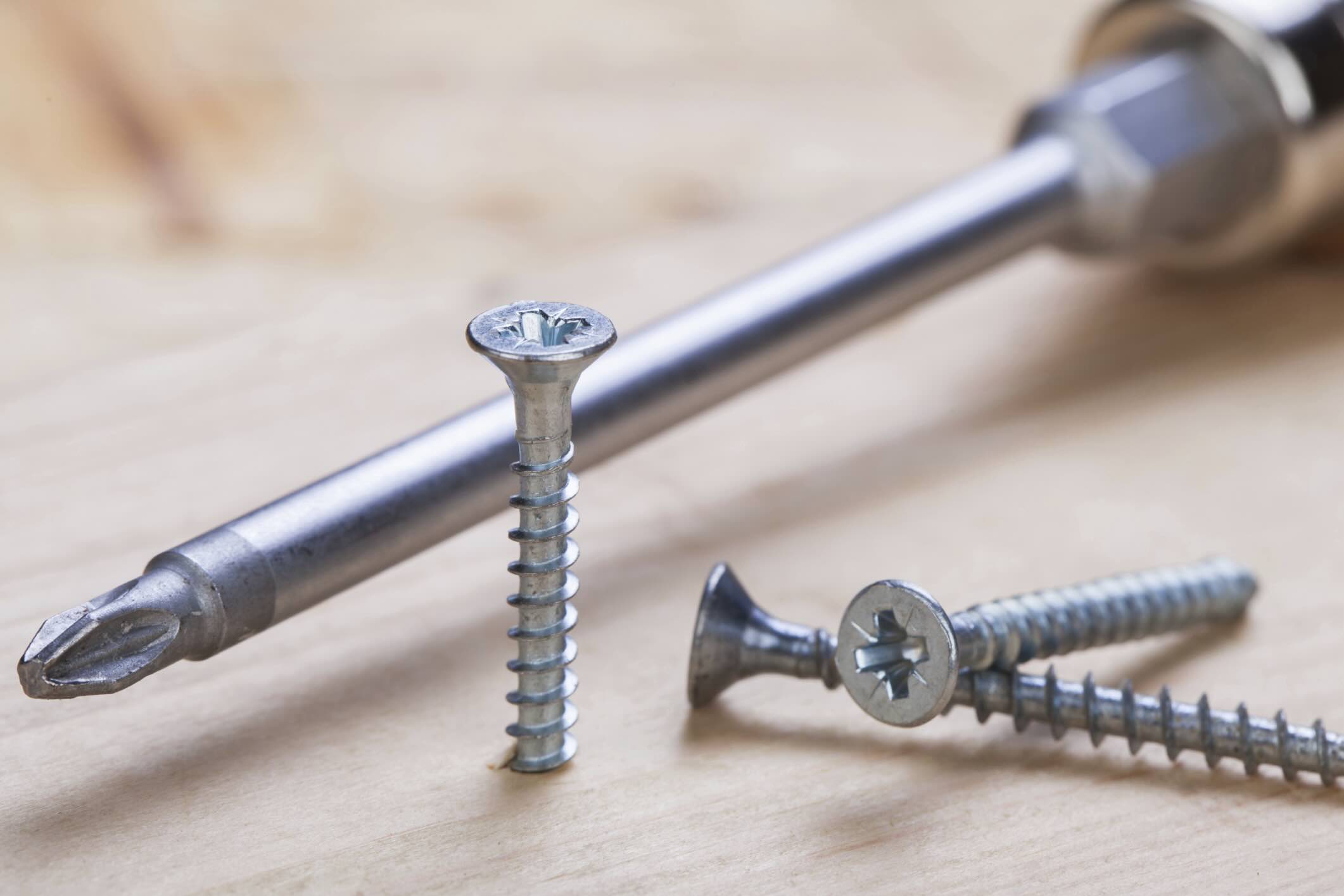
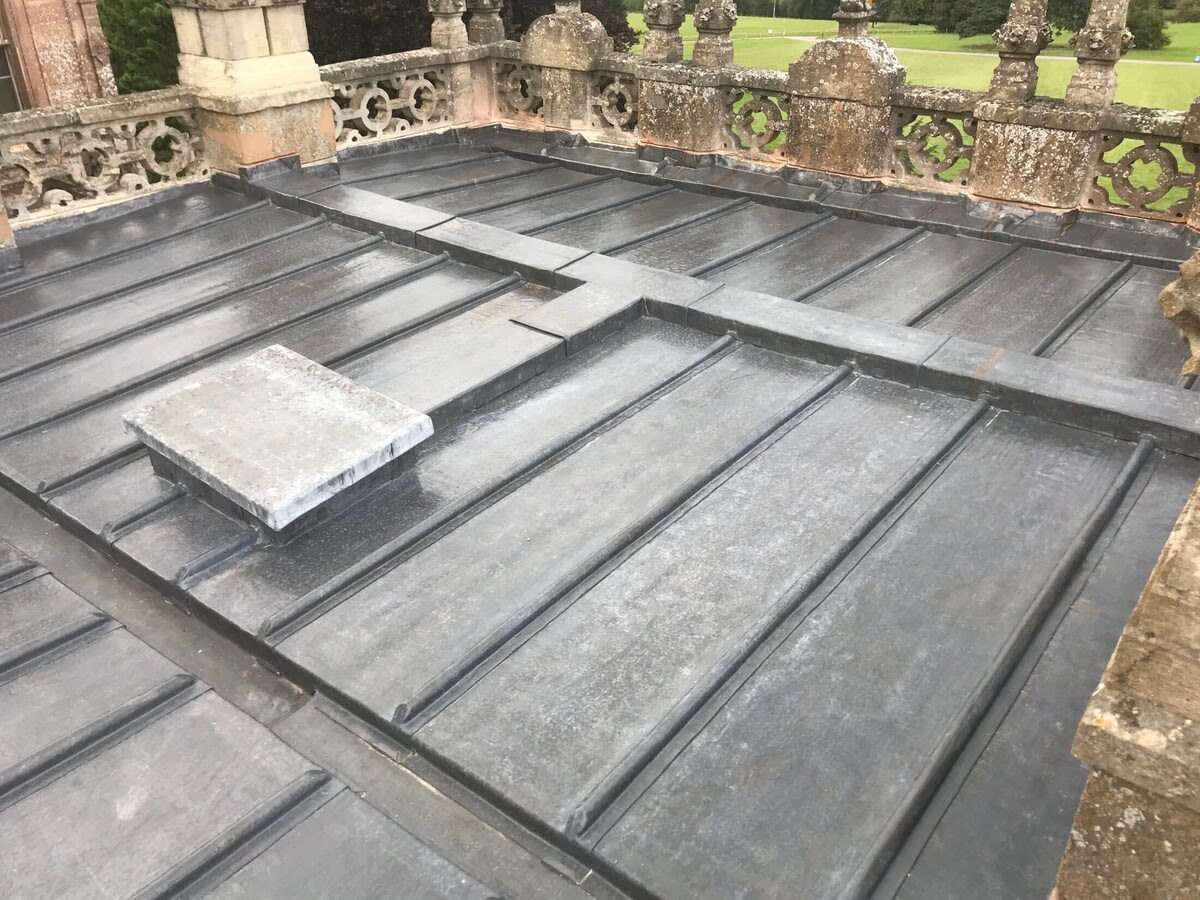
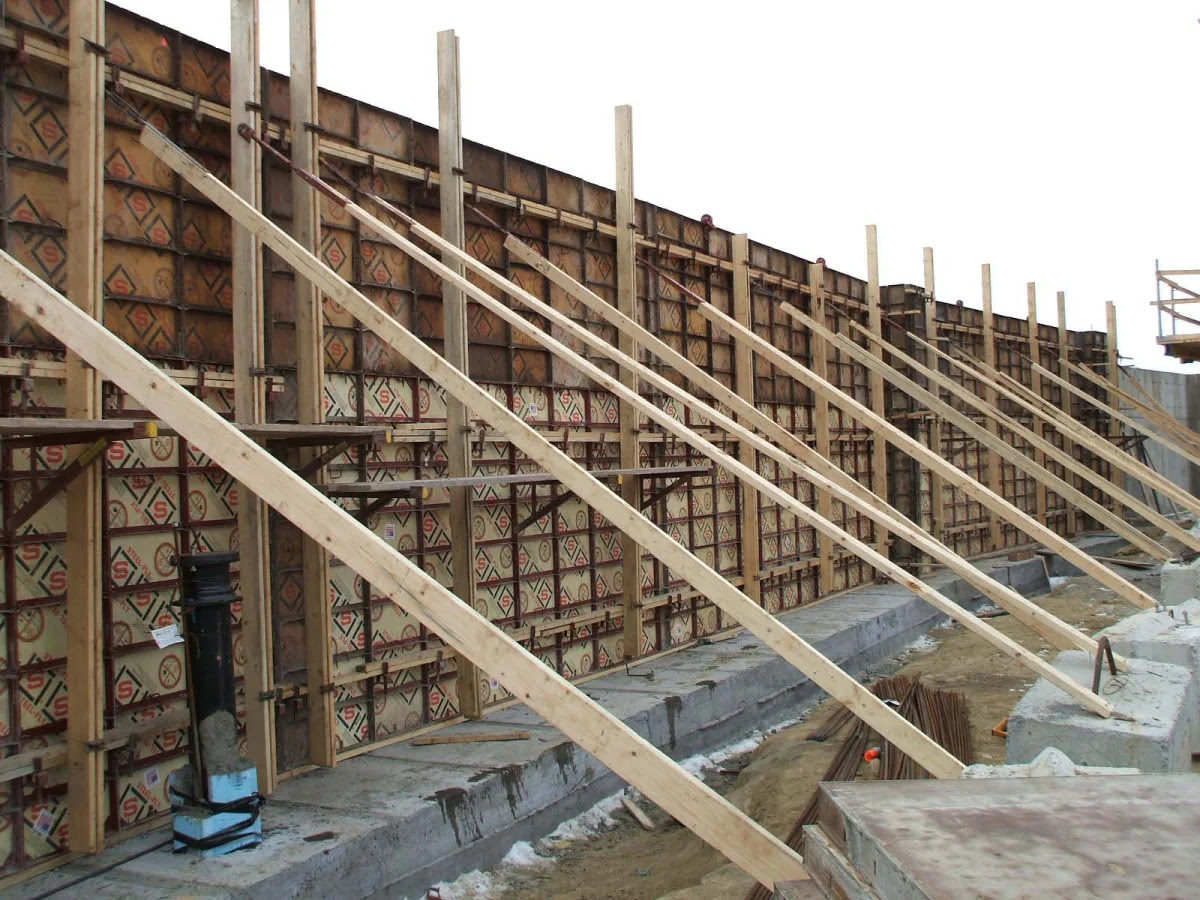

0 thoughts on “What Material Did Indian Artists Use To Construct Large Outdoor Monuments?”